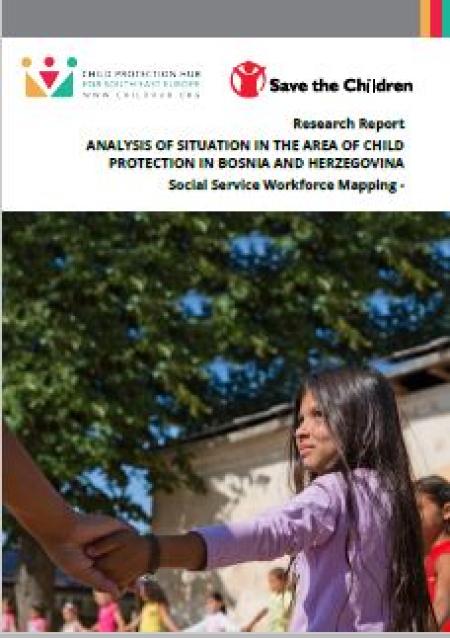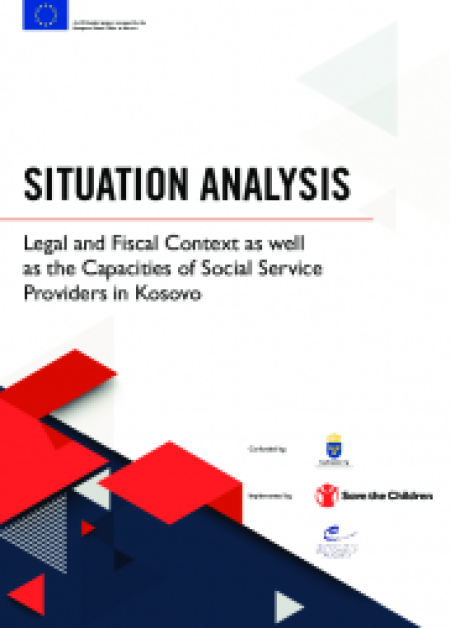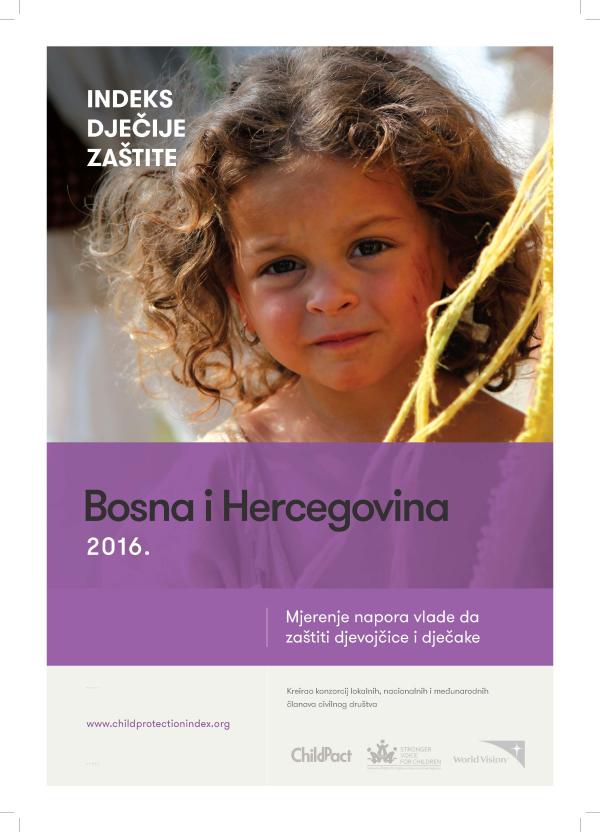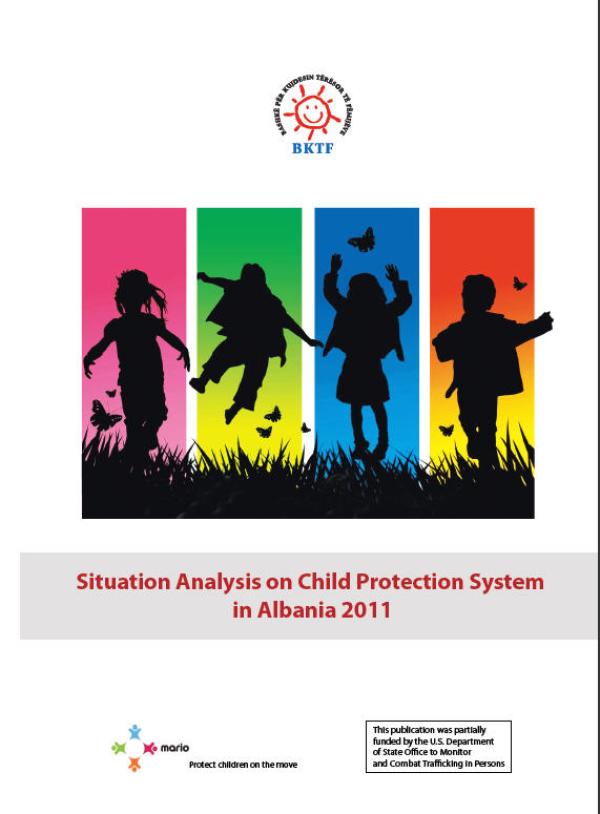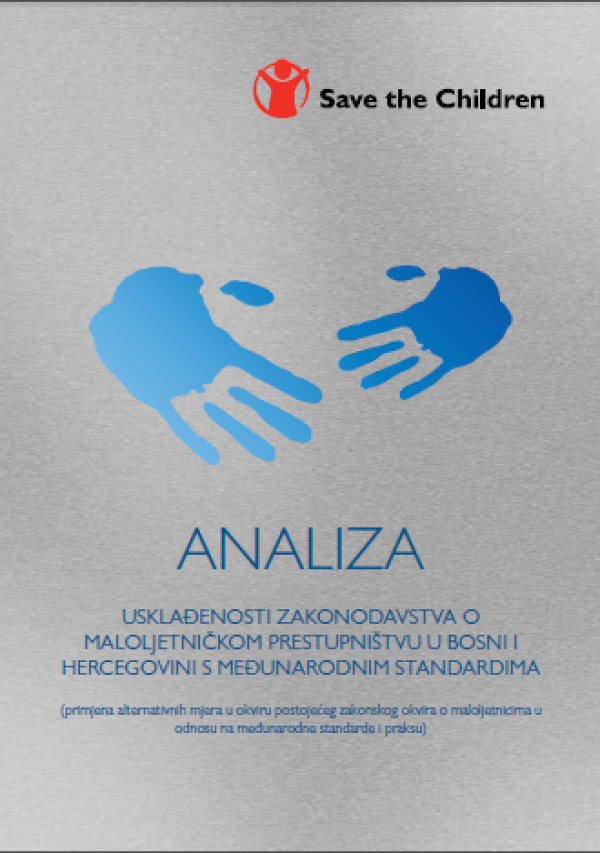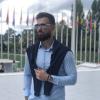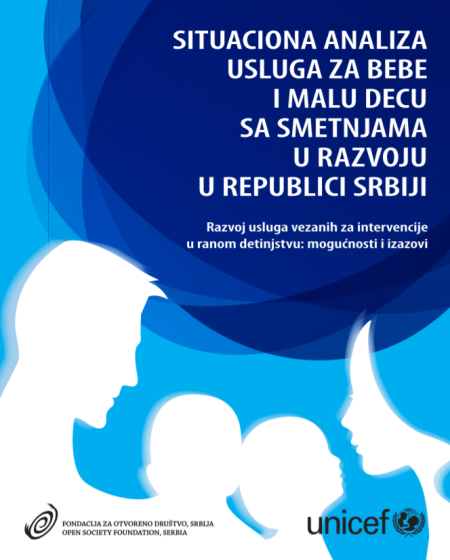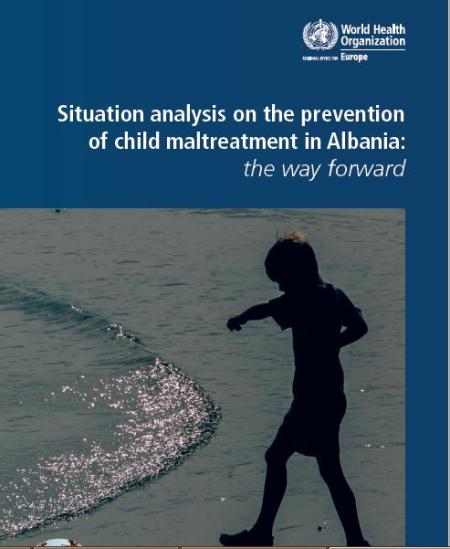
The intention of this study is to provide information regarding a general overview of professional, paraprofessional, and community-level child protection practice in Bosnia and Herzegovina, and also the social service workforce skills, knowledge, and interests in order to strengthen the child protection workforce and improve overall child protection mechanisms.
The study is articulated around two main areas of interest: to provide a basic overview of the context in which child protection practices are delivered in the region (SE Europe), which includes the systems in place for the delivery of child protection services, related policies and frameworks, child protection education and resources management; data from research of the child protection workforce key skills, knowledge, and interests based on common methodologies and tools.
Some findings:
- No information available as to whether knowledge about relevant documents is included into formal education programmes, but this is necessary in order to do a certain job.
- Current training programmes are designed and aimed at linking theory and practice, but it is still necessary for students to attend practical education during each year of study.
- Prior to starting to work, students of psychology and social work during their studies have the opportunity to acquire practical knowledge through practical training at the services and other institutions of social protection.
- As part of their practical training, the students need to learn about child protection programmes, as well as about other areas of work which are part of the scope of work of services and other institutions of social protection
- It is worth commending the right to choose service, in comparison with a relatively small number of services available in the community
Recommendations:
1 . Provide national coordination system for child protection stakeholders.
2. Develop mechanisms for monitoring situation in child protection sector at the entity level, to be used for assessing the effects of the current measures in the child protection system and planning of new measures and activities with regards to child protection in BiH.
3. Harmonise child protection laws in RS and Brcko District BiH with ratified international documents.
4. In FBiH, adopt a separate child protection law which will be harmonised with international documents. Law on child protection should ensure minimal, basic rights in the area of child prosecution
throughout FBiH and exercising of these rights via establishment of a separate fund or direct funding from the FBiH budget. Allow cantons to expand on the rights from child protection sector. Identify the rights of mothers on maternity leave for entire FBiH territory and introduce payment of maternity benefits though a single system, such as for example the health insurance system.
5. Redefine child protection systems in RS and BD BiH. Finance insurance for the cases of maternity leave through contributions and set up a system of children benefits through a separate protection segment which will take into consideration financial situation of the families. Check prenatal policy with RS Ministry of Family, Youth and Sports.
6. Ensure IT linking for all social protection systems at the entity level (RS, FBiH) and Brcko District BiH and data sources, to reduce administrative burden and streamline procedures.
7. Uniquely, at the entity level (RS and FBiH) and Brcko District BiH harmonise records and documents for all beneficiaries and monitor reporting and statistical processing of data related to reporting.
8. In BiH, strengthen centres for social work in terms of IT, equipment and funding and by increasing the number of staff.
9. Adopt for the area of entities (RS and FBiH) and BD BiH, labour legislation for the social protection sector and identify licensing of the training programme, special training, special licensing of staff working in the institutions of social and child protection, as well as identify other important issues related to social work.
10. Standardise all child protection services at the entity level (RS and FBiH) and BD BiH.


